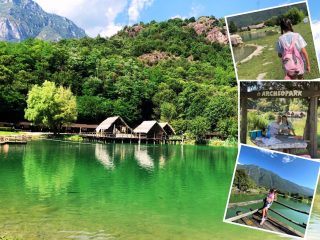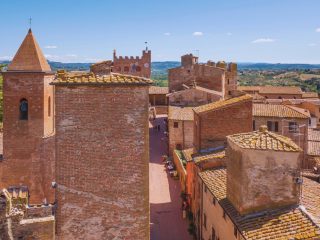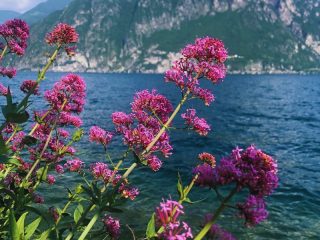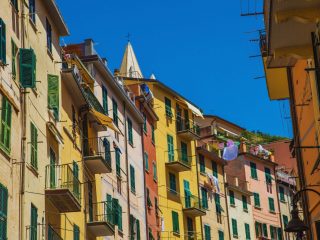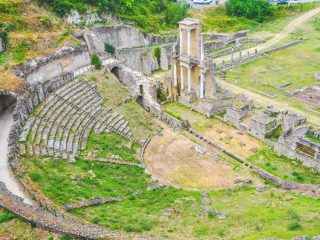In June, during our holiday in Villasimius, we decided to take a mini-excursion to the island of Sant’Antioco.
Leaving early in the morning from Villasimius, we had about a two-hour drive to our destination. The drive itself, however, was an exciting journey, giving us the opportunity to admire the spectacular scenery of southern Sardinia.
Sant’Antioco is an island with a rich and fascinating history.
Looking for the centre of Sant Antioco, we took a wrong turn and ended up on a road in the middle of an uninhabited area. All around us were rock formations and wild vegetation, and the road had only one direction. It was a breathtaking experience to immerse ourselves in the beauty and tranquility of this unexplored corner of the island.

Sant’Antioco: Maladroxia beach

Maladroxia beach is characterized by its cleanliness, fine sand and crystal clear water. In some areas of the seabed there are hot thermal springs that come to the surface, offering a unique experience of relaxation and pampering. This beach has been awarded the Blue Flag for the third year in a row and is considered one of the most beautiful beaches on the island of Sant’Antioco.
Sant’Antioco: beaches and other tourist attractions
Near Maladroxia is Su Portixeddu, a small bay surrounded by Mediterranean vegetation. Heading south, you’ll come across Coaquaddus, another beautiful beach in this region. At the southern end is Capo Sperone, which impresses with its wild, sandy coastline. A short distance away is one of the island’s best-loved beaches, Cala Sapone. A few minutes from Cala Sapone is Cala Lunga, a fjord-shaped beach with fine, shimmering pink sand thanks to coral.
Sant’Antioco: for history buffs

Another sight to visit is the Acropolis and Necropolis. The Necropolis, which was in use from the 6th century BC until the Roman period, is home to over 1500 tombs carved into the tufa. Some of them can be visited and are a fascinating experience. Sant’Antioco Island also preserves another interesting story, that of the cave dwellers, who lived in the tombs until the 20th century.
To get to Sant’Antioco, the quickest option is to fly to Cagliari and rent a car to get around the island easily. Alternatively, if you arrive by ferry to Olbia, you’ll have a car journey of around three and a half hours.
In short, Sant’Antioco is a fascinating island with a rich history and a variety of tourist attractions. Our experience was a memorable one and we would not rule out the possibility of spending a longer holiday on this island in the future.
In the second part of this day trip to Sant’Antioco Island, we reached the Porto Pino Dunes, which I will discuss in the next article.













